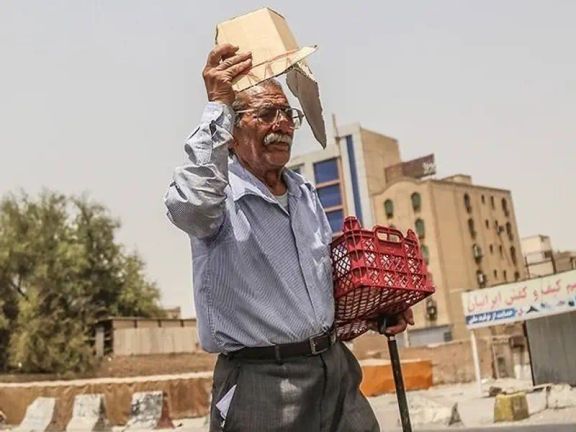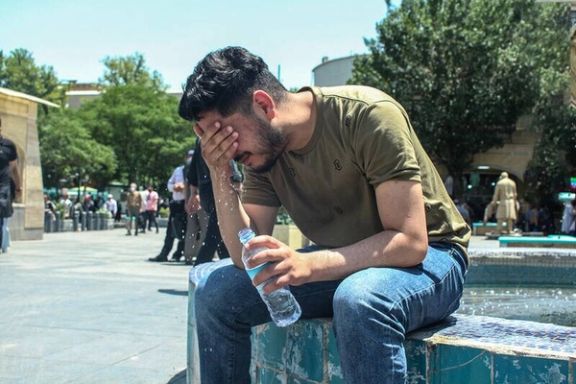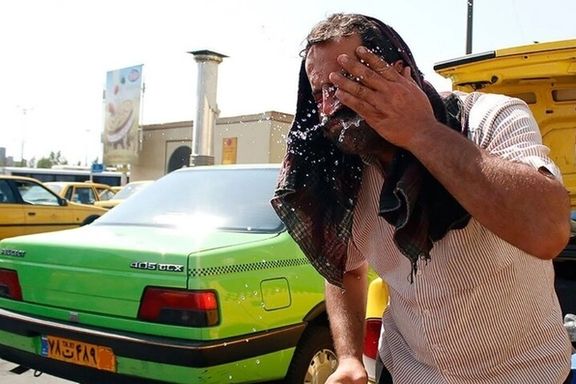Iran's energy crisis worsens amid scorching heat and mismanagement

As Iran battles a heatwave, the nation's energy infrastructure is under severe pressure, exposing the government's long-standing failures and mismanagement.

As Iran battles a heatwave, the nation's energy infrastructure is under severe pressure, exposing the government's long-standing failures and mismanagement.
In the face of rising temperatures and heat, the Iranian government has announced the closure of government offices and banks nationwide on Sunday, July 28.
Ali-Akbar Mehrabian, the Minister of Energy, has acknowledged the challenges in producing and supplying electricity, highlighting the increasing pressure on the power grid. "From today on, it will become increasingly difficult to produce and supply sufficient electricity," Mehrabian stated, adding that each one-degree increase in temperature puts an additional 2,300 megawatts of pressure on the grid.
Heatwave strains an already fragile system
The current heatwave has seen temperatures in Tehran reach 40 degrees Celsius for the second consecutive day, while Varamin, a town near the capital, recorded a temperature of 43.2 degrees in the past 24 hours. Delgan in Sistan-Baluchestan province hit 50 degrees Celsius, making it the hottest city in Iran. Bafgh in Yazd province also saw temperatures rise to 49.3 degrees, setting a new record over the past 50 years. According to the Meteorological Organization, the peak of this heatwave is expected between July 24 and 28.

The Iranian government's response to the crisis has been to declare a holiday, shutting down all government offices and banks (excluding emergency and rescue services) on Sunday. Earlier, working hours for government offices on Saturday were cut short to 10 AM.
On July 25, Mehdi Abbasnejad Najafabadi, a climate change researcher, warned about the extreme heat and increased UV radiation, urging people to stay indoors. This advice came too late for the 225 people who had already been hospitalized due to heatstroke, according to Babak Yektaparast, spokesperson for the National Emergency Organization.
Underinvestment and mismanagement
The root of Iran's energy crisis lies in underinvestment and mismanagement. Mostafa Rajabi Mashhadi, spokesperson for Iran's electricity industry, predicted that electricity consumption would exceed 77,514 megawatts in the next two weeks, setting a new record.

Omid Shokri, an Istanbul-based Senior Researcher at George Mason University and Energy Expert, criticized the Iranian government for failing to invest adequately in the energy sector.
"The Iranian government needs to spend at least 6 billion dollars annually to meet the country's electricity needs, but this target has only been achieved once in the past 15 years (in 2010)," Shokri said.
"As long as sanctions remain in place and the FATF issue remains unresolved, the energy crisis will continue to worsen daily for the Iranian people," he added.
The consequences of the government's inability to provide electricity are severe. In addition to affecting homes, recent weeks have seen power cuts or quota-based distribution for offices, industrial estates, and industries. This has plunged hundreds of cities and villages into darkness during the peak summer heat multiple times.
Mansour Sohrabi, an expert in ecology and environmental science, emphasized the inefficiency of Iran's energy policies. "Most people in Iran use water-based air conditioners, with nearly 30 million such units in use across the country. These consume a significant amount of water and electricity," Sohrabi explained.
"The government's plans are not compatible with climate change, and they must be adjusted to address climate change accordingly."
The halt in investment in the electricity industry, the lack of development of power plants, and the aging grid are the main reasons for the electricity imbalance and the 14,000-megawatt shortage in Iran. As experts have pointed out, the government's failures are pushing the country towards an increasingly unsustainable future, with ordinary citizens bearing the brunt of this mismanagement.